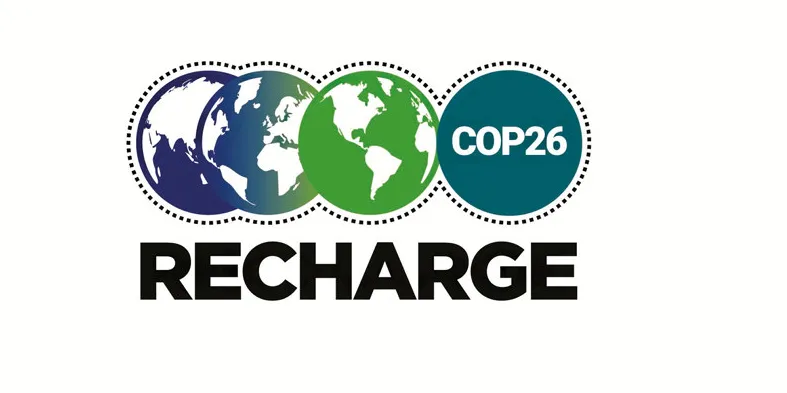Energy islands, floating wind and hydrogen 'stupidity': countdown to COP26
Our curation of the must-read news and analysis from the-week-that-was in the global renewables industry

Our curation of the must-read news and analysis from the-week-that-was in the global renewables industry
